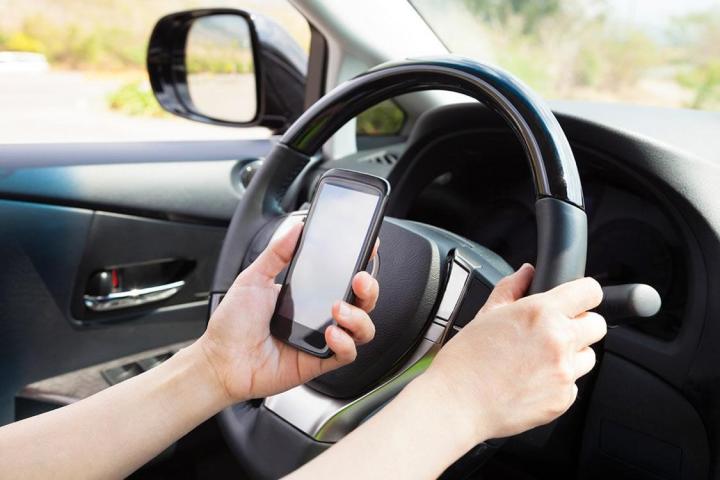
While it has long been the case that car crashes are the leading cause of death for Americans between the ages of 15 and 19, the AAA revealed that two-thirds, or nearly 70 percent, of those killed in these crashes are people other than the driver. Around 40 percent of the time, the victims are in another car or are pedestrians.
“Teen crash rates are higher than any other age group,” Peter Kissinger, President and CEO of the AAA Foundation for Traffic Safety, told NBC News. “And this data confirms that the impact of their crashes extends well beyond the teen who is behind the wheel.”
In 2013, 988 teenage drivers were killed, but this does not account for the 3,000 total deaths that resulted from these accidents, nor the 400,000 associated injuries.
The problem, Kissinger says, is that “young teenage drivers don’t really identify risk the same way that a more mature driver would.” Other contributing factors include lack of experience and overzealousness behind the wheel, but perhaps the most problematic of all the factors at play is the issue of distracted driving.
Today’s teens are the generation that grew up with their smartphones practically attached to their palms, so it is no wonder that young drivers often believe they can multitask while in the car. As we reported earlier in the month, it’s not just texting — smartphone using drivers are also using Facebook, tweeting, and even video chatting while behind the wheel.
While it’s impossible to generalize bad driving habits among all teens, it is worth taking note of these statistics, particularly with the arrival of “The 100 Deadliest Days,” the time from Memorial to Labor Day when young drivers are out of school and out on the roads more frequently than before. So be safe, drivers, and be sure to pass on your safe driving habits to the newest inhabitants of the road.


